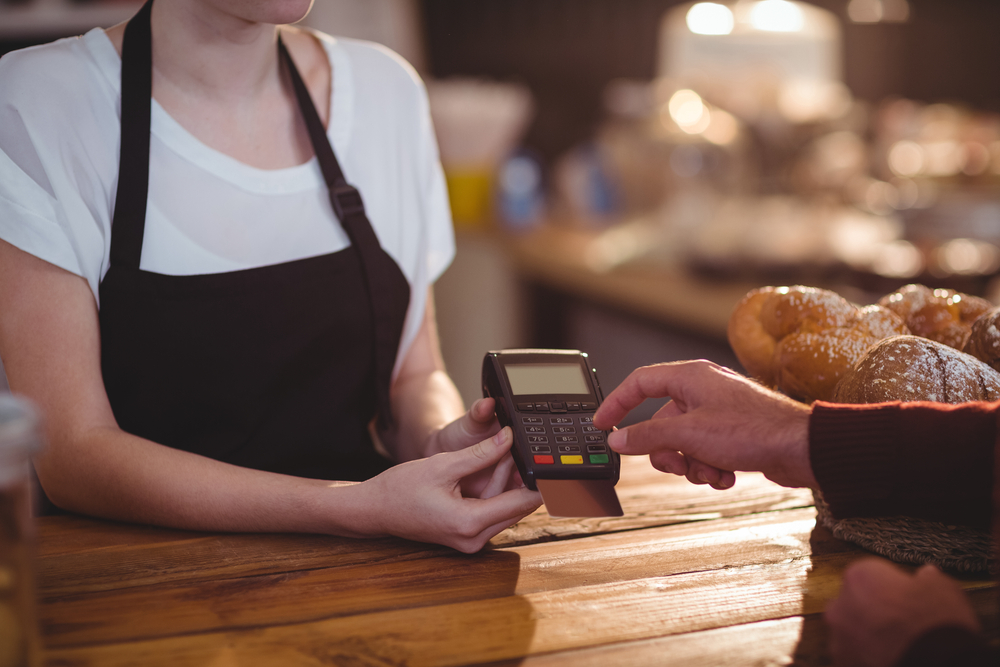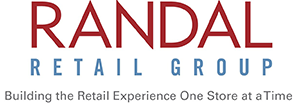
Present & Future Changes for the Restaurant Industry
The restaurant industry is recovering from the negative impacts of the COVID-19 pandemic. However, many of the changes adopted to cope with the pandemic still remain, and some may become permanent after the pandemic ceases.
Here is an overview of how the restaurant segment has changed over the past 18 months. This review focuses on changes in design and operations. It also explores what the foreseeable future holds and what we are doing about it.
A Focus on Take-Outs, Drive-Thrus & Deliveries
Restaurant closures and limited sitting spaces have compelled diners to eat off-site. Consequently, take-outs, drive-thrus, and deliveries have gained popularity.
About 53% of diners prefer take-outs and deliveries out of safety concerns, and many find it more convenient than eating at the restaurant. Consequently, restaurants are creating more space to accommodate the growing queues of patrons ordering take-outs. These spaces also feature safety features such as designated standing spots to maintain physical and social distancing.
More restaurants are also building new drive-thru counters to handle the growing car traffic of patrons ordering take-outs. These counters also feature safety measures such as contactless communication channels.
Going Contactless
While more diners prefer take-outs and deliveries to eat off-site, the majority of diners still prefer eating at the restaurant. The latest surveys show that about 57% of diners prefer eating at the restaurant despite the pandemic.
Restaurants are accommodating these diners by installing solutions that minimize or eliminate contact altogether. These solutions include:
-
Seat Fillers
Many restaurants are using seat fillers to adapt to the restrictions on sitting capacities. These fillers include cute stuffed animals and mannequins dressed in all manners of fashion. The idea is to make the restaurant appear full and feel lively. This solution is effective but temporary, and it will end when the pandemic eases and sitting capacities return to normal.
-
Plexiglass Barriers
Many restaurants are also setting up plexiglass barriers between tables to ensure social and physical distancing. Some restaurants are going a step further by installing so-called mini-greenhouses that can be enclosed around each table. These mini-greenhouses are more effective than plexiglass barriers, and they offer more aesthetic appeal.
However, plexiglass barriers and other dividers will also be a temporary solution. They will come down when the pandemic eases and sitting restrictions end.
-
Bare Tables
Hygiene is one of the most important safety measures of coping with the COVID-19 pandemic. Many restaurants now wipe tables and other surfaces repeatedly. Consequently, many restaurants are removing table decorations such as tablecloths, flowers, and lamps, essentially leaving the tables bare.
-
QR Codes Payments
Many restaurants are also going cashless and eliminating cashiers altogether. They are instead adopting devices that capture QR codes to process customers' bills and payments. Many restaurants are installing these devices on the tables, serving as a replacement for the table decorations discussed above.
Outdoor Eating Spaces
Indoor dining is discouraged and restricted because the coronavirus spreads more easily in enclosed spaces. Many restaurants are coping by setting up outdoor dining spaces on sidewalks, rooftops, and other available spaces.
Outdoor dining has always been popular during the summer. However, restaurants are now offering this option throughout the year, including during winter, and adopting creative solutions to keep diners safe and comfortable. For example, some restaurants are setting up igloos and hexadomes to keep the cold out. Other restaurants are simply setting up fire pits to keep their patrons warm.
Some cities are helping restaurants by dedicating some public spaces to outdoor dining. For example, New York City has adopted the Open Streets Plan and closed off more than 60 miles of streets to accommodate outdoor dining spaces.
How We Forecast Trends
Randal Retail Group has been actively involved in the restaurant space for over 40 years. We don't rely on hearsay when we talk about trends and forecasting; we're active in the industry and we get our hands directly involved by maintaining valuable relationships with key industry professionals. One of our favorite ways to do this is by sponsoring trade shows across the country, building relationships, offering trainings, and having a hands-on attitude. If you're looking to connect in person, we'd love to meet up with you at future shows this fall. Click on the images below to be taken directly to their site for more information.
UPCOMING EVENTS:
Restaurant Point West Event (Scottsdale, AZ): September 9-10, 2021
Restaurant Point East Event (Palm Springs, CA) : October 17 - October 19, 2021
Restaurant Point East Event (Chicago, IL) : October 31 - November 3, 2021
Conclusion
Restaurants have to make changes and adjustments to cope with the adverse effects of the COVID-19 pandemic. Randal Retail Group has been helping restaurants cope, stay open, and grow into the future using our robust solutions.
Our solutions are detailed in our new Restaurant Whitepaper. Sign up today to request one and find out how we can help you.

.png?width=726&name=restaurant%20point%20west%20conference%202021%20(1).png)

.png?width=800&name=RESTAURANT%20POINT%20EAST%20SIGN%20UP%20CTA%20(1).png)
